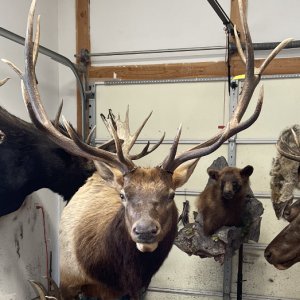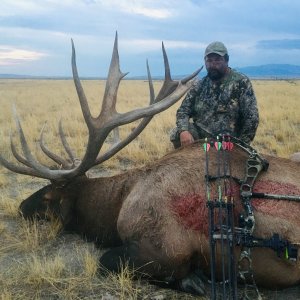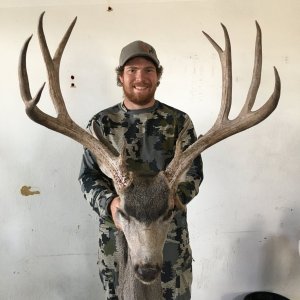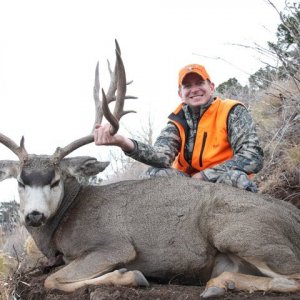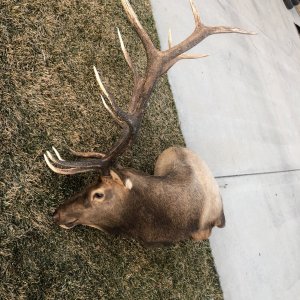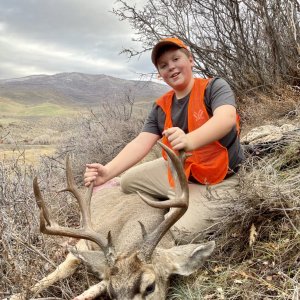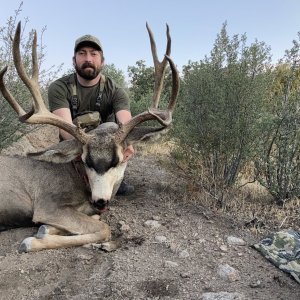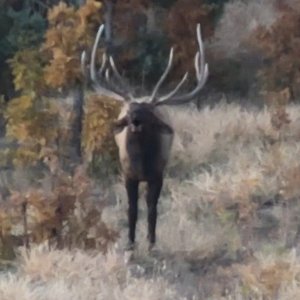Here is a link to an ongoing study being done in Arizona.
http://www.gardnerfiles.com/3-g Arizona 3-Bar Study.pdf
It would be interesting to know what the age of the bucks doing the breeding inside the enclosure is. I am convinced that the lack of mature bucks available to breed does during the first estrus cycle is a significant contributing factor to predation on fawns. Besides the issue of later birth resulting in smaller, weaker fawns going into winter, the fact that the birthing period gets extended from May through July without question results in a higher percentage loss of fawns to predation than would occur if all fawns were born in late May-early June.
I think the most surprising part of the study is the results obtained during the severe drought year in 2002, not only in fawn survival rates, but in overall population densities as well. The enclosure was built in 1970, so this study area has now been providing data for more than 30 years. I am constantly amazed by the "habitat is all that matters" guys, who ignore the results of more than 30 years of research in this area.
I thought the point about elk providing an alternative source of prey for Cougars, which allowed Cougar populations to remain high, was the first logical basis for the claim that increasing elk herds will reduce mule deer populations. Here is Oregon, where we no longer have many Mule Deer, but lots of Cougars and decent numbers of elk, I am not sure I am willing to give up the elk, even if that would reduce the Cougar population.
I think the lesson that should be learned from Colorado, which increased it's mule deer population from 475,000 to 610,000 between 1998 and 2007, is that increasing buck ratios, and the number of mature bucks available to do the breeding, can be a primary factor in improving mule deer populations. The tough nut to crack for most states is how do you replace the lost income from tag sales that will result from reducing buck harvest?
If we are still around as a country 100 years from now, and anybody cares about this stuff at that point, I would guess the history of Mule Deer (extinct species) will point to mismanagement and over reliance on habitat factors as a primary cause of their going extinct. Without question, there are areas where habitat is the controlling factor in present day mule deer populations, but in many parts of the West, the habitat is sufficent to support much larger populations than currently exist. Nothing will change until we accept that reality, and focus our time and resources on the other factors that are actually responsible for current low population levels.
I apologize for this being long, tend to get carried away about this stuff. I also think that Nevada is probably the state where habitat has the biggest impact on mule deer populations, particularly in drought years.
Scoutdog

